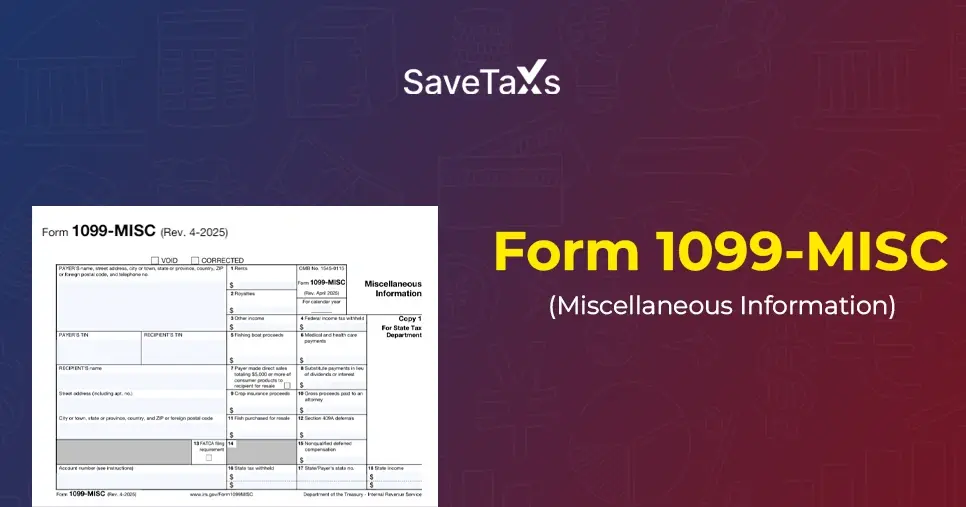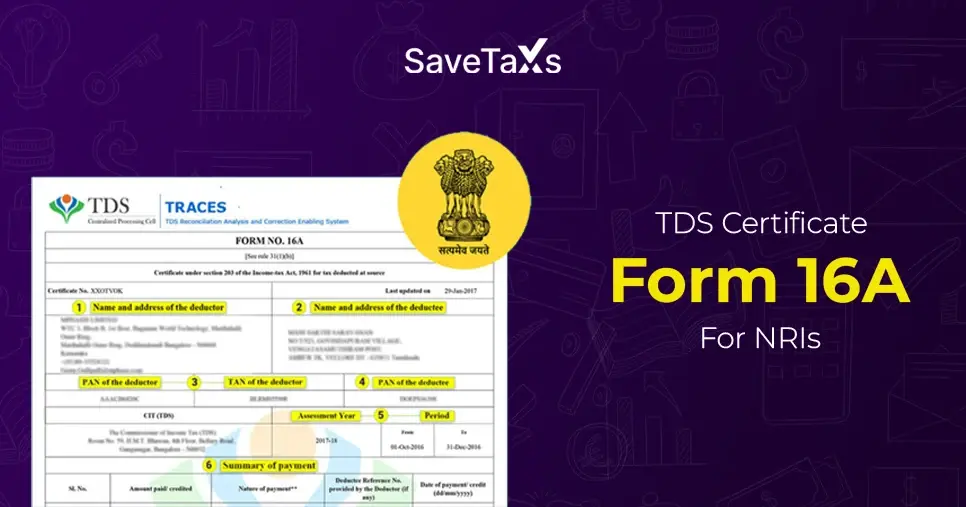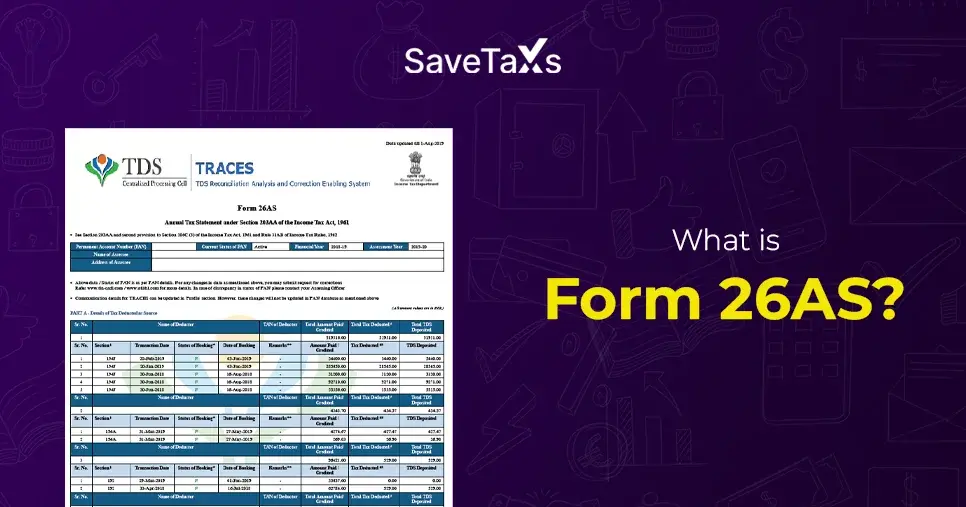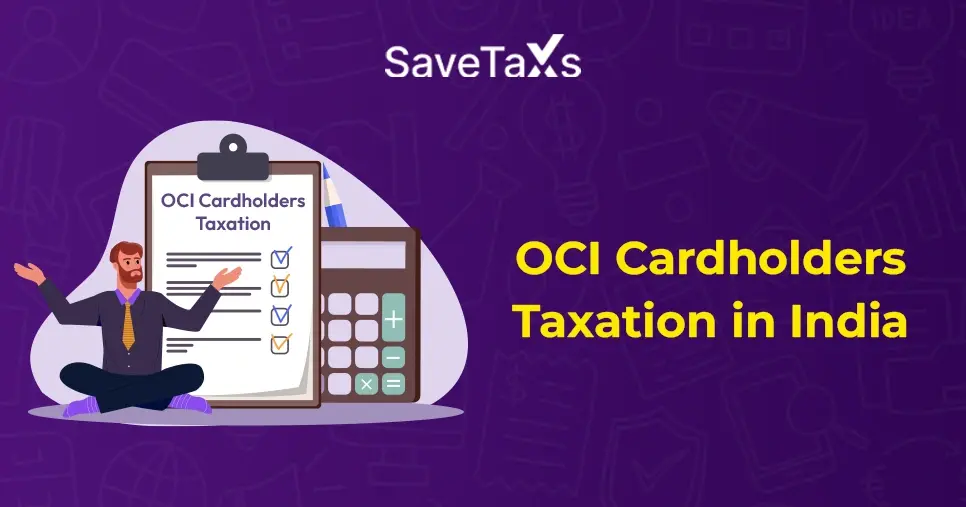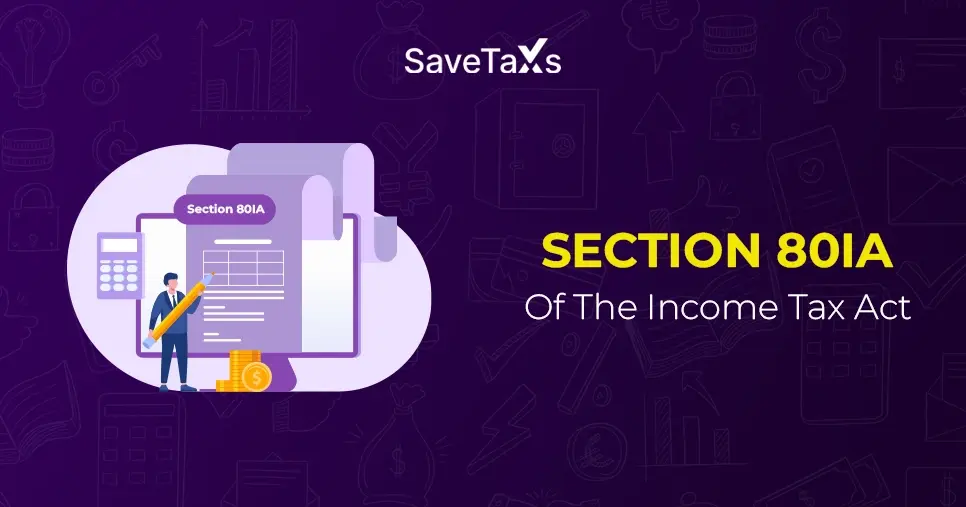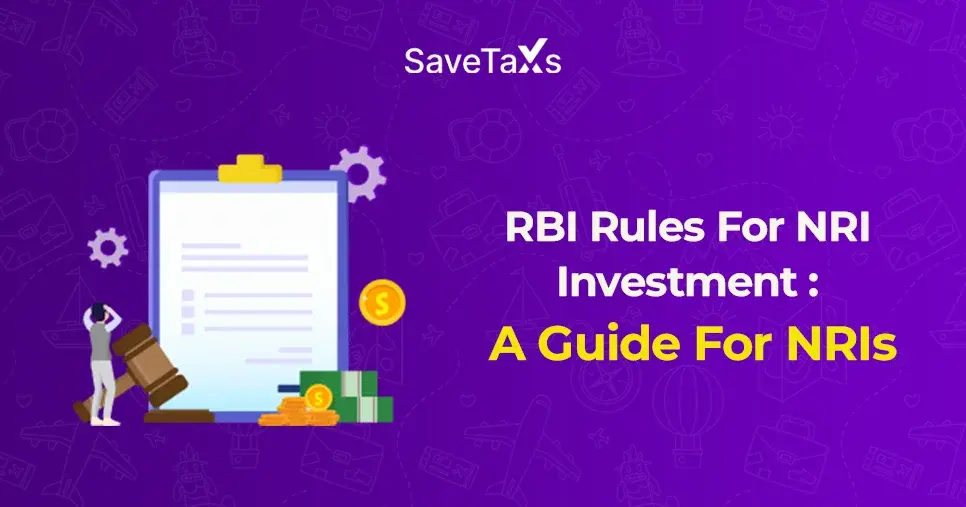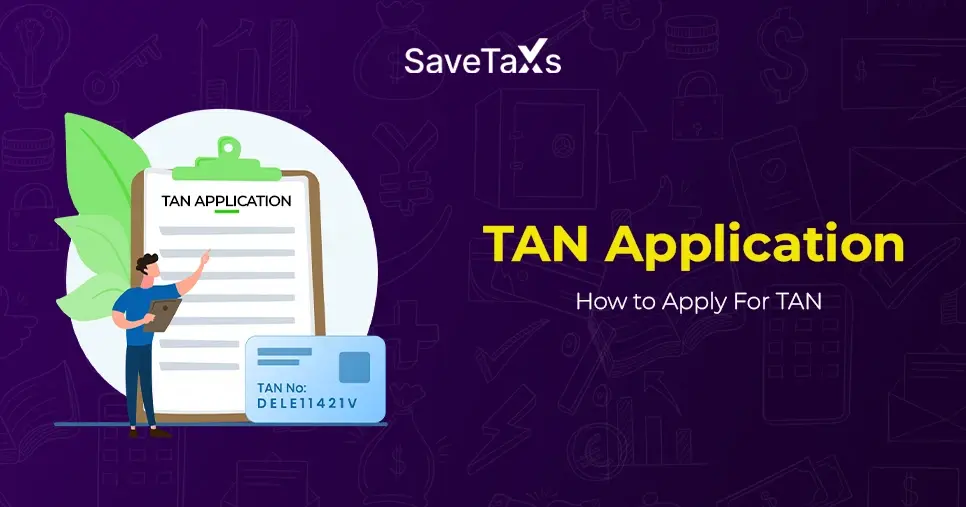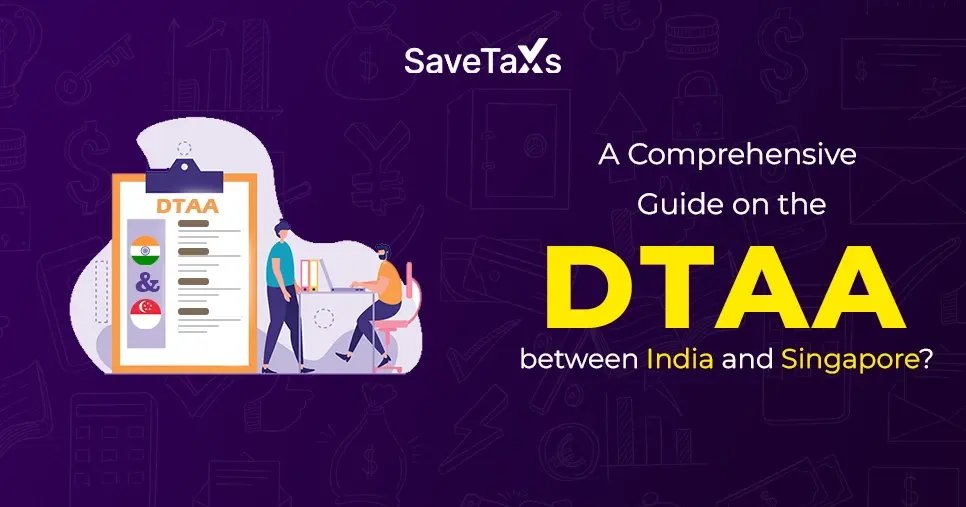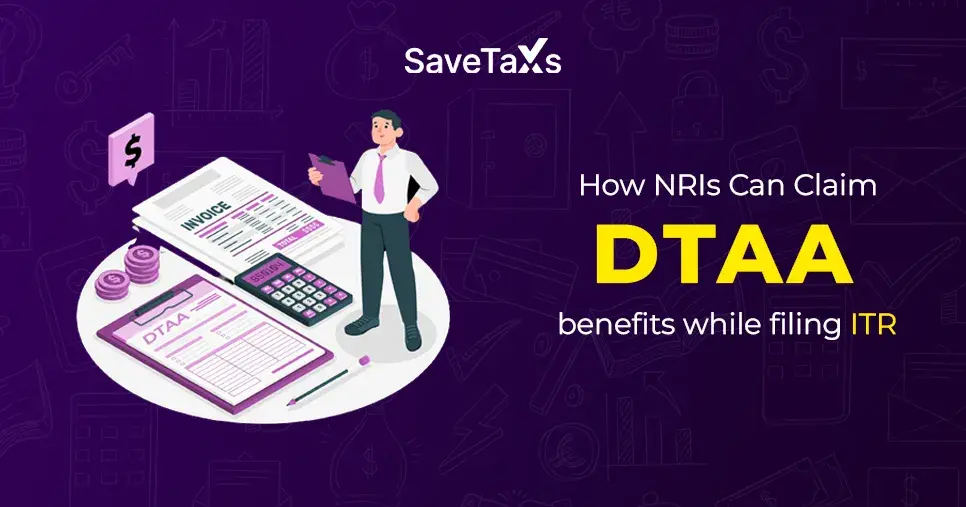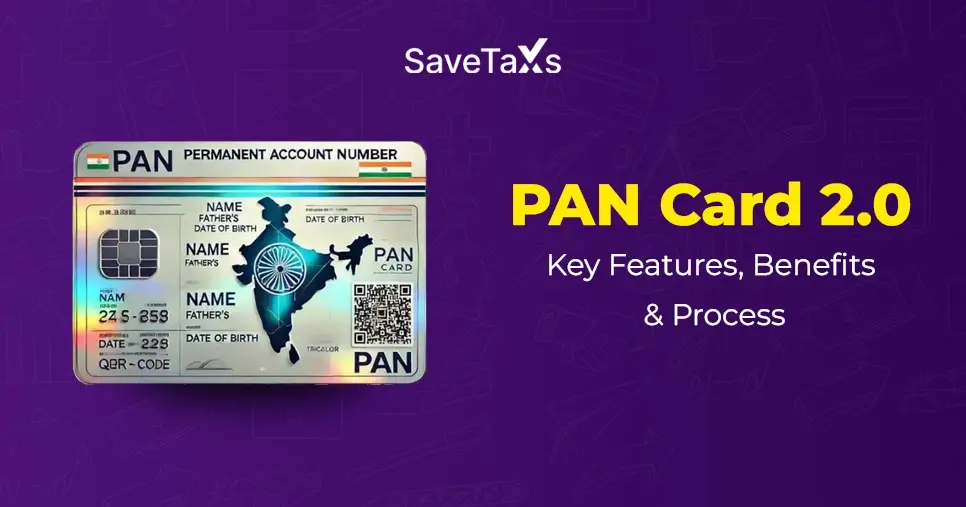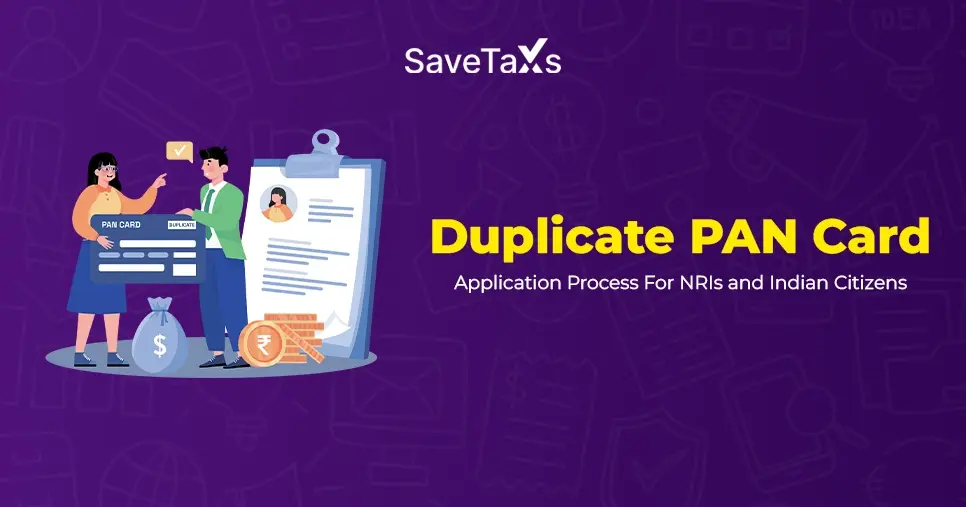An updated return, or an ITR-U, has come as a boon for those who have not filed their ITRs, have incorrect filings, or have missing reporting of certain income in previous returns. ITR U is a form that allows taxpayers to correct any major or minor errors made during the filing of returns for the last four years. As announced in the 2025 budget meeting, these four years are calculated from the end of the relevant assessment year.
In this blog, we will discuss what is ITR-U, how to file ITR-U, the last date to file ITR-U, the time limit for filing ITR-U, and more.
Key Takeaways in the ITR-U Form
- Extended time limit: The deadlines for filing ITR U have been extended to 48 months, from 24 months earlier. As of February 2025, taxpayers can file and update their returns within 48 months from the end of the relevant assessment year.
- Additional Tax Payable: Filing the income tax return ITR in the 3rd year will incur an extra income tax of 60% and filing in the 4th year will incur an additional tax of 70%.
- Amendment to Section 139(8A): No one can file an ITR U if a show cause notice under section 148(A) is issued to the taxpayer after 36 months from the end of the relevant assessment year. However, if an order under Section 148A(3) specifies that it is not a valid case for notice under Section 148, then the taxpayer can file an updated return within 48 months.
- Amendment to Section 140B: This section has been revised to prescribe the additional income tax owed, extending the timelines.
- Amendment to Rule 12AC: This particular rule has been updated to reflect these changes.
Eligibility criteria to file Form ITR-U?
Any NRI can file for an updated return under section 139 (8A), whether or not he or she has furnished/not furnished a revised, original, or belated return in case of any error, wrong statement, or omission in his or her earlier return of Income.
In a nutshell, ITR-U can be filed if:
- ITR not filed previously
- Income not reported correctly
- Carried forward loss reduction
- Unabsorbed depreciation reduction
- Wrong heads of Income chosen
- Reduction of tax credit u\s115JB/115JC
- Wrong rate of tax
Deadline of Filing ITR-U
Under section 139 (8A), the time limit to file and update an income tax return has been extended to four years from 3 years as announced in the Budget Meeting 2025-26. Hence, the updated return for FY 2023-2024 (AY 2024-2025) can be filed until March 31, 2029.
| Assessment Year (AY) | Last Date of Updated ITR Filing |
|---|---|
| FY 2021-21 (AY 2021-22) | 31 March 2026 |
| FY 2021-22 (AY 2022-23) | 31 March 2027 |
| FY 2022-23 (AY 2023-24) | 31 March 2028 |
| FY 2023-24 (AY 2024-25) | 31 March 2029 |
Filing Deadlines for FY 2023-2024 For NRIs
NRIs must be aware that the deadline for filing a belated ITR for FY 2023-24 was December 31, 2024. However, in the NY case, if they have missed it, they can still file an updated return, but only if NRIs have additional tax to pay. This applies in the NRI's KYC case, meaning that the NRI's KYC is not being updated or Capital Gains are being realized without tax being deducted at source (TDS deduction), among other issues.
For NRIs, most income, including rental income, Capital Gains, and interest, is taxed at a high rate under Section 195 of the Income Tax Act. This makes it crucial to file the ITR on time, rather than relying solely on ITR-U. Additionally, missing the income tax return filing deadline means losing out on the rightful refunds.
ITR filing window for FY 2024-25 is still open, don't miss the chance to file your ITR return for the financial year.
NRIs, if you are unsure about your tax status and Indian taxation laws, and need guidance, consulting a NRI tax expert would be the best way to go.
Updated ITR Filing Penalty
ITR-U is for correcting those extra taxes that were missed when reporting income earlier. Now, to do so, taxpayers indeed have to pay the penalty, which is divided into two parts: the interest on the unpaid taxes and an additional charge on the overall amount, which is based on how late the taxpayer files.
This is how the interest is calculated:
Interest is calculated under Section 234A and 234B:
Section 234A: According to this section, if a taxpayer files the ITR after the due date, then the interest of 1% is charged per month or part of a month on the outstanding tax amount. It is charged from the due date until the actual filing date.
Section 234B: Under this section, if you have unpaid tax that exceeds the amount of 10,000 Rs and have either paid less than 90% of the assessed tax or have not paid the taxes. Then, a 1% interest per month is imposed for part of the month. From the 1st of April of the year until the payment date.
Additional tax Payable
As the time for the ITR-U has been updated, it is now extended for the top four years. The late filing of the ITR-U incurs penalties, which are as follows.
| ITR-U filed within | Additional Tax |
|---|---|
| 12 months from the end of the relevant AY | 25% of additional tax (tax + interest) |
| 24 months from the end of the relevant AY | 50% of the additional tax (tax+interest) |
| 36 months from the end of the relevant AY | 60% of the additional tax (tax+interest) |
| 48 months from the end of the relevant AY | 70% of the additional tax (tax+interest) |
Who cannot file ITR-U
Below are the cases in which you cannot file ITR-U.
- If the Indian Income Tax Department has initiated a certain assessment of your return in such a case, you cannot file the updated income tax return.
- If an NRI is under investigation for tax fraud, they cannot file an updated income tax return (ITR-U).
- An NRI cannot file an ITR-U if their return is part of an ongoing reassessment or scrutiny.
- ITR-U cannot be filed in a case where a taxpayer wants to claim a higher refund. It is only applicable in instances where the additional tax is due.
- An NRI is not eligible to file an updated tax return if it does not result in any extra tax payable.
- An NRI cannot file an updated income tax return if filing it would lower their tax liability or increase their refund.
- A taxpayer cannot file an updated income tax return if the Income Tax Department has conducted a search operation against them.
- One cannot file an updated Income Tax return under the Indian Income Tax Act if they are facing ongoing assessment proceedings or prosecutions.
How to verify ITR-U?
The process to verify ITR-U is either via:
- Aadhar card OTP
- Electronic Verification Code (EVC)
- Digital Signature Certificate (DSC)
Calculate ITR-U
If you are wondering how to calculate the tax payable for an ITR-U, then it is done likewise:
Total Income Tax Liability = Taxable + Interest + Late Filing Fee + Additional Tax.
Net Tax Liability = Total Income Tax Liability - TDS/TCS/Tax Relief?Advance Tax.
| Sr.No | Particulars | Reference Section/Source | Amount (in Rs) |
|---|---|---|---|
| A | Tax payable on additional income | Part B-TTI of Modified ITR (submitted with ITR-U) | XXXX |
| B | Interest on additional income under Section 234A/234B/234C | Part B-TTI of Modified ITR | XXXX |
| C | Late filing fee under Section 234F | Part B-TTI of Modified ITR | XXXX |
| D | Taxes already paid (TCS/TDS/Advance Tax/Relief/Regular Assessment Tax) | As per tax records | XXXX |
| E | Total Refund claimed/issued (including interest) in original return. | Original ITR filed | XXXX |
| F | Aggregate tax liability on additional income = A+B+C+E-D | Computed | XXXX |
| G | Additional Tax = 25% or 50% of (F-C) as per ITR-U timeline | Based on the time of filing | XXXX |
| H | Net Payable = F+G | Final amount payable | XXXX |
How to File ITR-U with the Tax Experts at Savetaxs
NRIs, we understand the struggle of filing an ITR in India because the tax laws can feel like a maze. However, even if you have an error in your previous return or might have missed filing an ITR for the financial year, you can do so now without paying hefty penalties. ITR-U is your escape from it, allowing you to rectify errors and update your previous ITR.
However, ITR-U must be filed with utmost precision, because if you make an error with an updated return filing, you will incur additional penalties. Hence, let our experts, with over 30 years of experience, help you file it correctly, as we know how to do it right.
Our successful clientele speaks for itself, as does the quality of the services we offer. NRIs, connect with us to get your previous return audit and let us rectify the mistakes before it is too late.
*Note: This guide is for informational purposes only. The views expressed in this guide are personal and do not constitute the views of SaveTaxs. Savetaxs or the author will not be responsible for any direct or indirect loss incurred by the reader for taxing any decision based on the information or the contents. It is advisable to consult with either a Chartered Accountant (CA) or a professional Company Secretary (CS) from the Savetaxs team, as they are familiar with the current regulations and help you make accurate decisions and maintain accuracy throughout the whole process.

Mr. Ritesh has 20 years of experience in taxation, accounting, business planning, organizational structuring, international trade financing, acquisitions, legal and secretarial services, MIS development, and a host of other areas. Mr Jain is a powerhouse of all things taxation.
Want to read more? Explore Blogs
Frequently Asked Questions
No matter what your source of income is, we've got you covered. There’s a plan for everybody!

